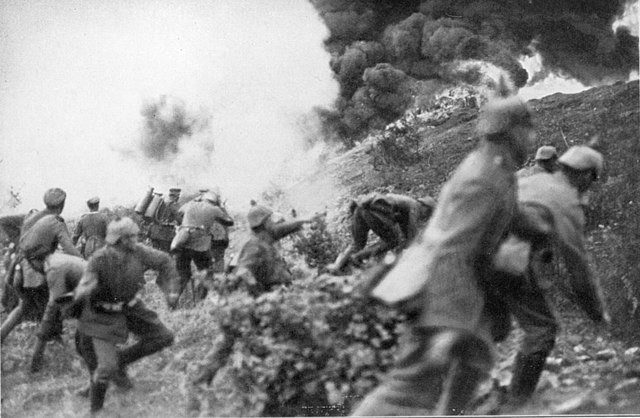The history of aircraft manufacturing and design is a fascinating journey marked by innovation, engineering breakthroughs, and technological advancements. Here’s an overview of key milestones and developments in the field:
1. Early Pioneers:
- The Wright Brothers, Orville and Wilbur Wright, are credited with inventing and building the world’s first successful powered aircraft, the Wright Flyer. On December 17, 1903, they achieved the first powered, controlled, and sustained flight near Kitty Hawk, North Carolina.
2. World War I and Advancements:
- World War I saw the rapid development of military aircraft. The introduction of fighter planes, such as the Sopwith Camel and Fokker Dr.I, revolutionized air combat.
- Aircraft designs evolved from wood and fabric structures to incorporate metal frames and more powerful engines.

3. Golden Age of Aviation:
- The period between the World Wars, often referred to as the “Golden Age of Aviation,” witnessed significant advancements in commercial aviation.
- Aircraft like the Boeing 247 and Douglas DC-3 introduced greater comfort, reliability, and range for passengers.
4. World War II and Technological Leaps:
- World War II saw the emergence of iconic aircraft like the Supermarine Spitfire, North American P-51 Mustang, and Boeing B-29 Superfortress.
- Technological innovations, including jet engines and radar, transformed aviation and military capabilities.
5. Jet Age and Commercial Aviation:
- The post-World War II period marked the beginning of the Jet Age. The introduction of jet-powered airliners, like the de Havilland Comet and Boeing 707, revolutionized commercial aviation with higher speeds and passenger capacities.
- Supersonic flight was achieved with the development of the Concorde and the Soviet Tu-144.
6. Space Race and Aerospace Industry:
- The Space Race between the United States and the Soviet Union led to advancements in aerospace technology. The Apollo program put humans on the Moon, while the Space Shuttle became a reusable spacecraft.
- The aerospace industry expanded to include satellite development, space exploration, and space tourism.
7. Modern Era and Technological Advancements:
- Modern aircraft design incorporates advanced materials like composites, computer-aided design (CAD), and fly-by-wire technology.
- The development of regional jets, wide-body airliners like the Boeing 787 Dreamliner, and long-range aircraft like the Airbus A380 has transformed air travel.
8. Advancements in Military Aviation:
- The development of stealth aircraft, such as the F-117 Nighthawk and the F-22 Raptor, has made military aviation more effective and survivable.
- Unmanned aerial vehicles (UAVs), or drones, have become a significant part of military aviation.
9. Green Aviation and Sustainability:
- The aviation industry is increasingly focused on sustainability, with the development of more fuel-efficient engines, alternative fuels, and eco-friendly aircraft designs to reduce environmental impact.
10. Future Technologies:
- The future of aircraft design includes concepts like electric and hybrid-electric propulsion, vertical takeoff and landing (VTOL) aircraft, and the exploration of hypersonic flight for faster travel.
The history of aircraft manufacturing and design is a testament to human ingenuity and the relentless pursuit of innovation. It has not only transformed the way we travel and explore the skies but also played a pivotal role in military operations, space exploration, and global connectivity. As we look to the future, aircraft design continues to push the boundaries of what is possible in aviation and aerospace.











